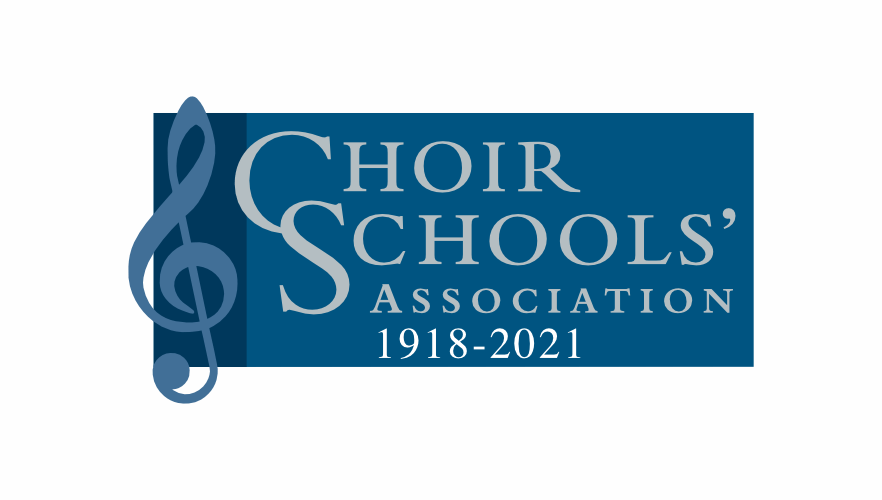COMPUTING
Computing at CCCS intends to develop ‘thinkers of the future’ through a modern, ambitious and relevant education.
We want to equip pupils to use computational thinking and creativity that will enable them to become active participants in the digital world. It is important to us that they understand how to use ever-changing technology to express themselves, as tools for learning and as a means to drive their generation forward into the future.

Whilst ensuring they understand the advantages and disadvantages associated with online experiences (including AI), we want children to develop as respectful, responsible and confident users of technology, aware of measures that can be taken to keep themselves and others safe online.
Our Computing curriculum balances acquiring a broad and deep knowledge alongside opportunities to apply skills in various digital contexts. Beyond teaching Computing discretely, we give pupils the opportunity to apply and develop what they have learnt across wider learning in the curriculum.
CODING
Coding is a very important part of our curriculum. It begins in the EYFS and Year 1, where children develop skills both practically (with floor robots) and on-screen with Scratch Junior. Moving on into Year 2 and the lower Prep school, the main tool for teaching coding is Scratch: by progressing within a single programming language, the boys are able to develop their knowledge of different programming skills in more depth than if they were to flit between programs. They are also given opportunities to apply what they have learnt through Scratch to other languages, including Logo, Kodu and Micro:bit. Once they have mastered Scratch, usually around the end of Year 6, they use the concepts they have learnt in Python, their first text-based programming language. Our aim is that by the time they leave us, all boys have confidence in using Python for a range of purposes: they will then be well-equipped to tackle the GCSE Computing syllabus at their senior schools.

CREATIVITY & OFFICE SKILLS
We believe that ICT should be used across the curriculum, and so we prioritise early learning of those skills which will be most useful in other subjects. By the time they leave the EYFS, children can use Paint and a simple word processor to communicate their ideas. By the end of Year 2, they can use Word and Powerpoint, including adding pictures and changing the design of documents. By the end of Year 4, all boys are confident users of the full range of Office tools, and also Canva for Desktop Publishing.
Typing with all ten fingers is introduced in Year 3, as by then boys’ hands are large enough to use the full keyboard: by the end of Year 3 we aim for all boys to be able type quickly and accurately.
Skills for navigating the World Wide Web are also prioritised, with children searching for images from Year 1. In Year 3 boys are introduced to text-based web searches and to Microsoft OneDrive. In Years 4 and 5, they are taught how search engines work and how to refine their searches to produce optimum results.
Computing for creativity is also taught throughout the years, with boys introduced to painting, music composition and stop-motion animation in the pre-prep. In Years 3 and 4 they are taught to edit photos, produce audio recordings with layered sound, create and edit videos and make 2D vector graphics. In Years 5 and 6 this moves into 3D modelling and web page creation, whilst boys in Years 7 and 8 learn how to create vector graphics, and how to create websites (using HTML and CSS) and mobile apps (in JavaScript).
INTERNET SAFETY
Internet Safety runs as a key thread through every year of the Computing curriculum, blending with that taught in PSHE to ensure that every boy has a strong understanding of keeping safe online.

UNDERSTANDING NETWORKS AND ARTIFICIAL INTELLIGENCE
Boys are taught the theory of how computers and networks (including the internet) work in each year. This is particularly important because so much of the technology we use today is 'hidden' and can appear to be 'magical' without having been taught. If they understand what they are using, they are more likely to be able to work with it and build upon it as they grow into adulthood.
We make sure we keep abreast of the changes in AI technology and we ensure that our pupils have the knowledge and skill to use it effectively and ethically. We teach our pupils how AI works under the surface. From Year 6 (and developing into Years 7 and 8) they have the opportunity to train their own AI models and chatbots, designing applications for a purpose.
DATA HANDLING
Handling data includes how IT can be used to search and sort data and present it visually through different types of graphs, and how this can be much more useful than static printed data for answering questions in a dynamic fashion. In the Pre-prep boys are taught what data is and how to represent it using simple pictograms. By the end of Year 4 they are using databases well, and by the end of Year 6 they are confident with spreadsheets. In Years 7 and 8, they study how data is used to present a point of view and how different representations can clarify or muddy an issue.











